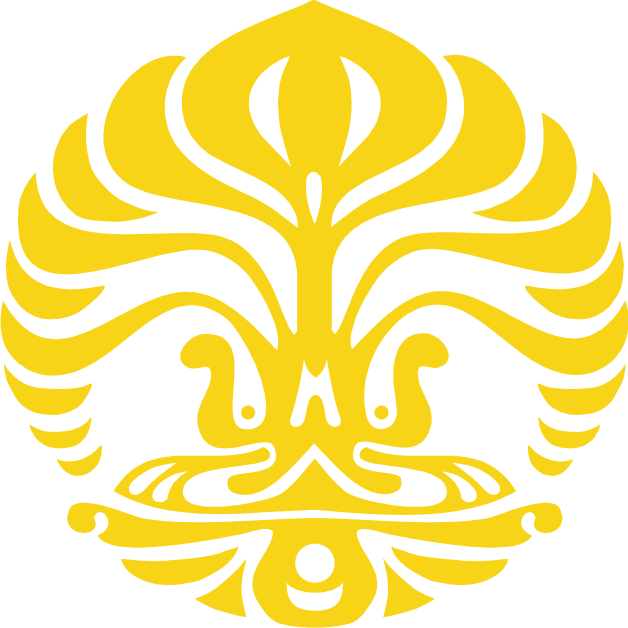In 1924 the Dutch colonial government established the RHS (Rechtshoogeschool te Batavia - Higher School of Law in Jakarta), which aims to meet the energy needs of junior civil administration. RHS was what startups of Universitas Indonesia Faculty of Law.
In 1927, the Dutch changed the status and name of STOVIA to be GHS (Geneeskundige Hogeschool). Medical education and training building used to store GHS Faculty of Medicine UI currently. Many GHS alumni who later plays a large role in the establishment of the University of Indonesia.
Universitas Indonesia officially started its activities on February 2, 1950 with the president (currently referred to as the chancellor) in the first Ir. R.M. Pandji Soerachman Tjokroadisoerio. Office of the President of the University of Indonesia was first located in Jakarta, precisely at the Medical Faculty building at Jl Salemba Raya no. 6, then moved to one of the former factory building on Jl. Salemba Raya no. 4, Jakarta. Date February 2, 1950 and then serve as the University of Indonesia's birthday.

Logo Universitas Indonesia was created in 1952 by Sumartono (using aliases Sumaxtono), a student of Fine Arts Faculty of Engineering at Bandung. Sumaxtono design inspired by kala-makara, which is one of the decor in the Hindu temples in Indonesia. In decorating the temple, Kala is above and Makara is at the top of the entrance. Kala and Makara respectively figure in Hindu mythology.
Overall, the UI logo depicts the Tree of Knowledge that thrives because of the water that flows continuously from underneath. The following tree branches and buds represent knowledge with knowledge branches, while a second bud will bloom and into new disciplines. The bud will bloom continuously for the life of the tree of knowledge.
Overall, the UI logo depicts the Tree of Knowledge that thrives because of the water that flows continuously from underneath. The following tree branches and buds represent knowledge with knowledge branches, while a second bud will bloom and into new disciplines. The bud will bloom continuously for the life of the tree of knowledge.
Comments
Post a Comment